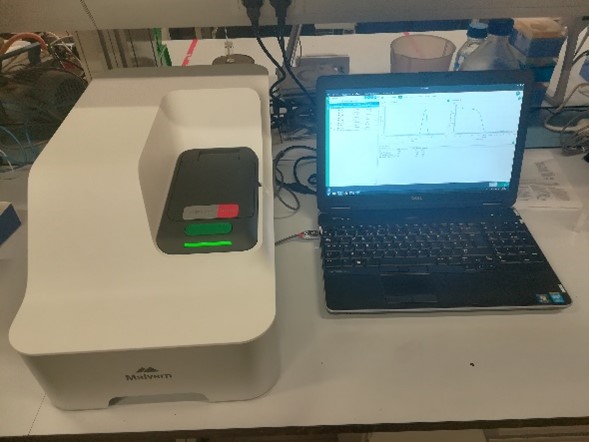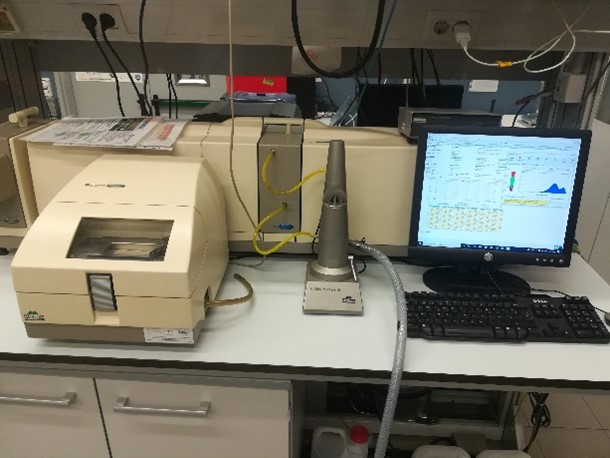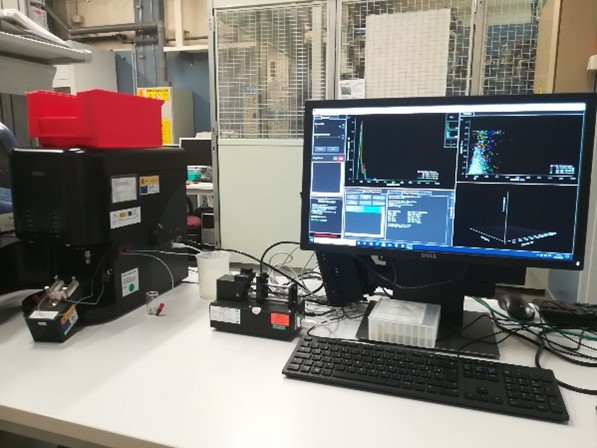U7-S06. NIL – Nanoimprint Lithography (On-site&Remote) SINGULAR
Replication of nanostructures on polymers using controlled pressure and temperature. The sructres can be cured by heat (Thermal NIL) or UV light (step-and-flash lithography – SFIL) during the imprinting process.
This technique is widely used for microstructure fabrication for electrical, optical, photonic and biological applications.











